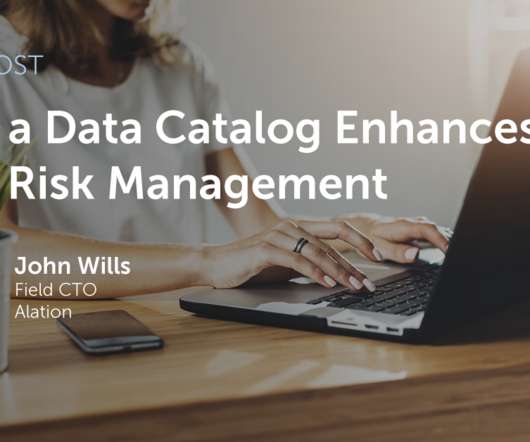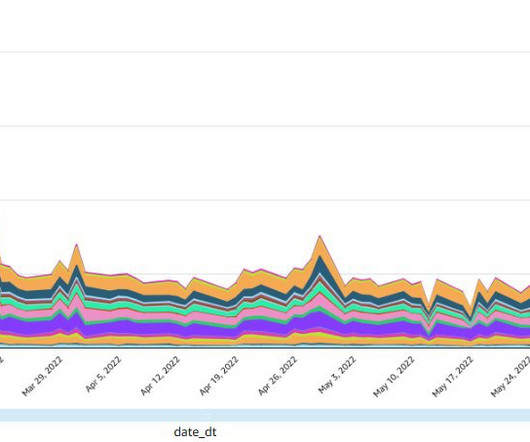How to Manage Risk with Modern Data Architectures
Cloudera
JUNE 29, 2023
To ensure the stability of the US financial system, the implementation of advanced liquidity risk models and stress testing using (MI/AI) could potentially serve as a protective measure. To improve the way they model and manage risk, institutions must modernize their data management and data governance practices.




















Let's personalize your content